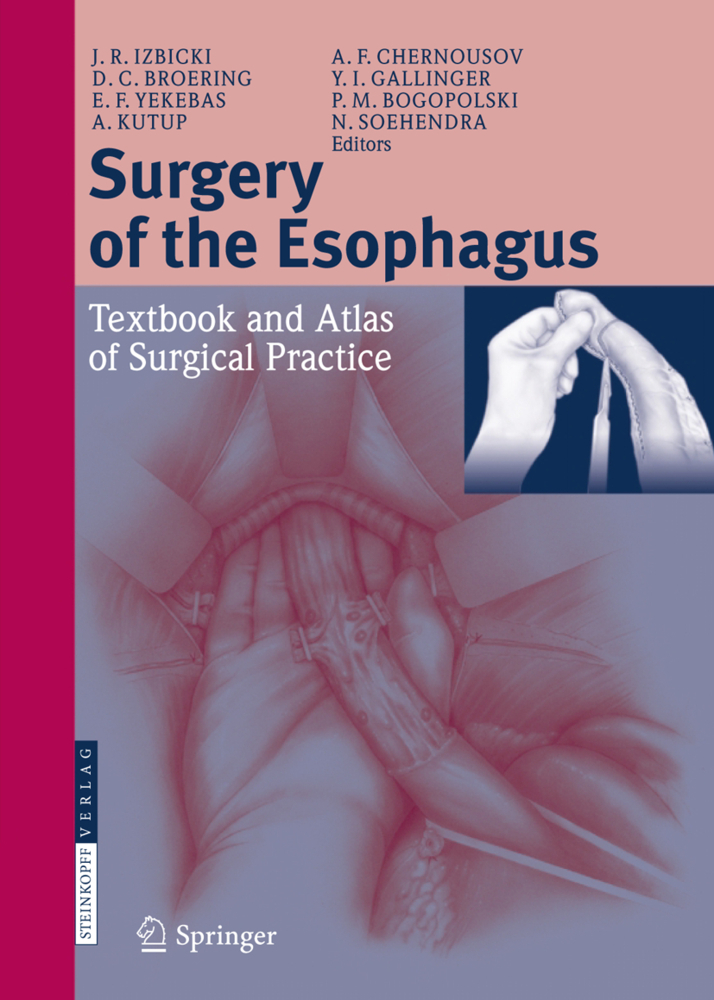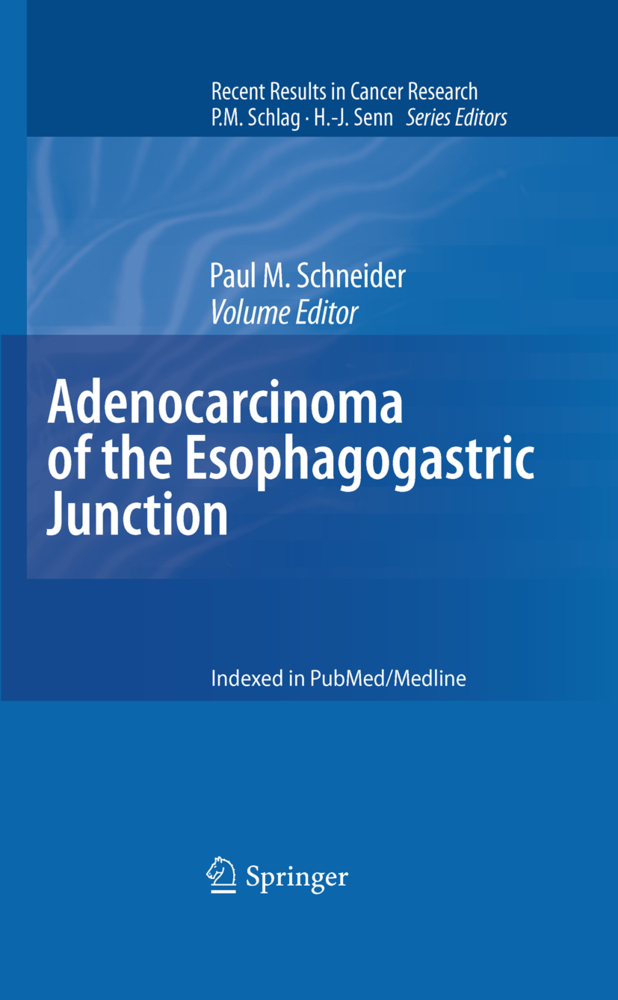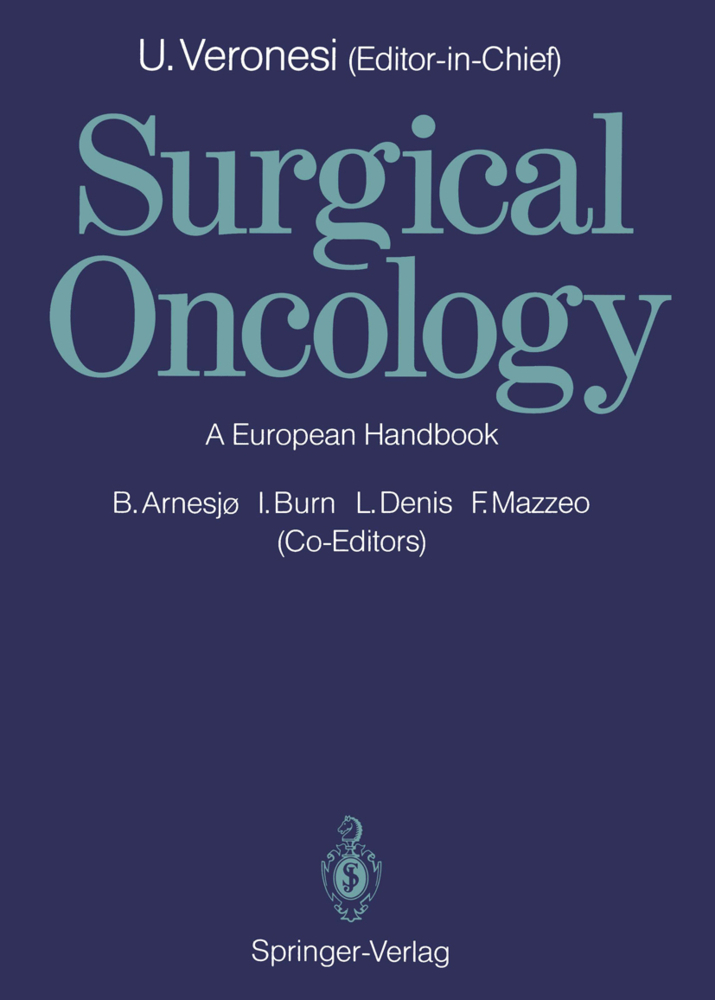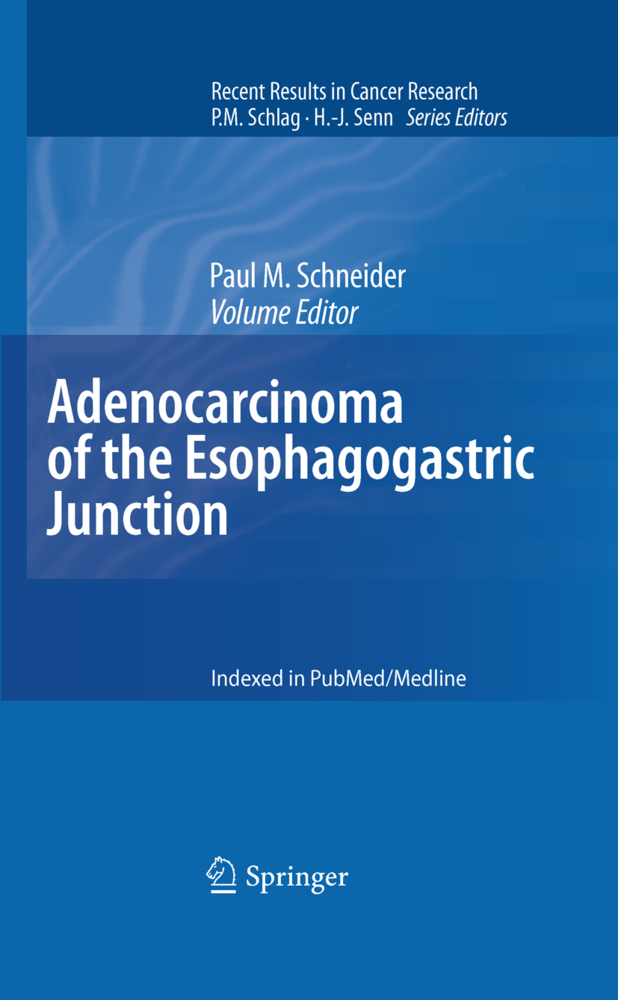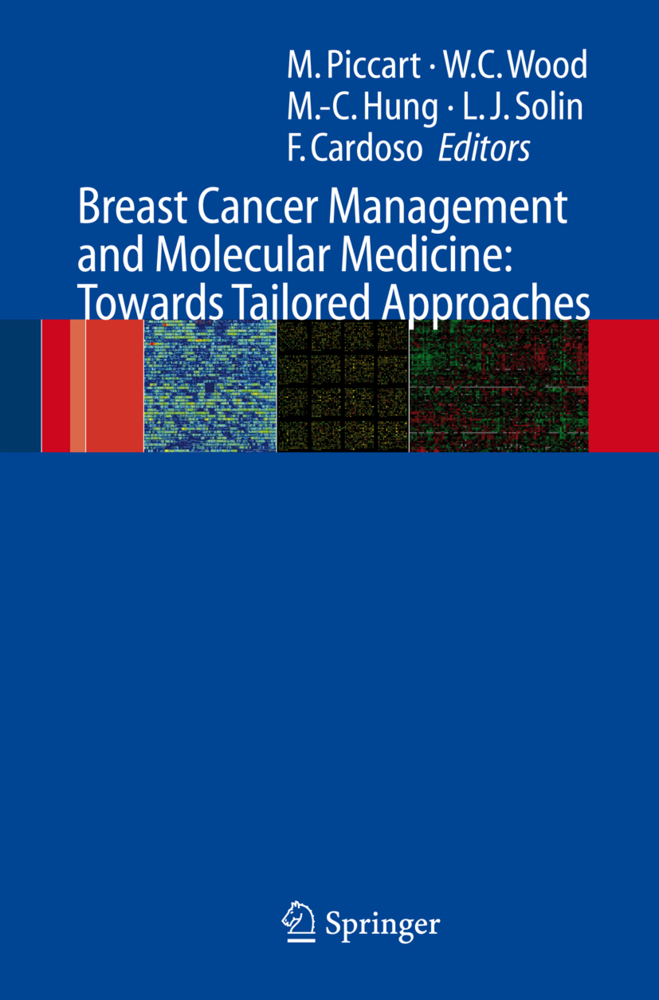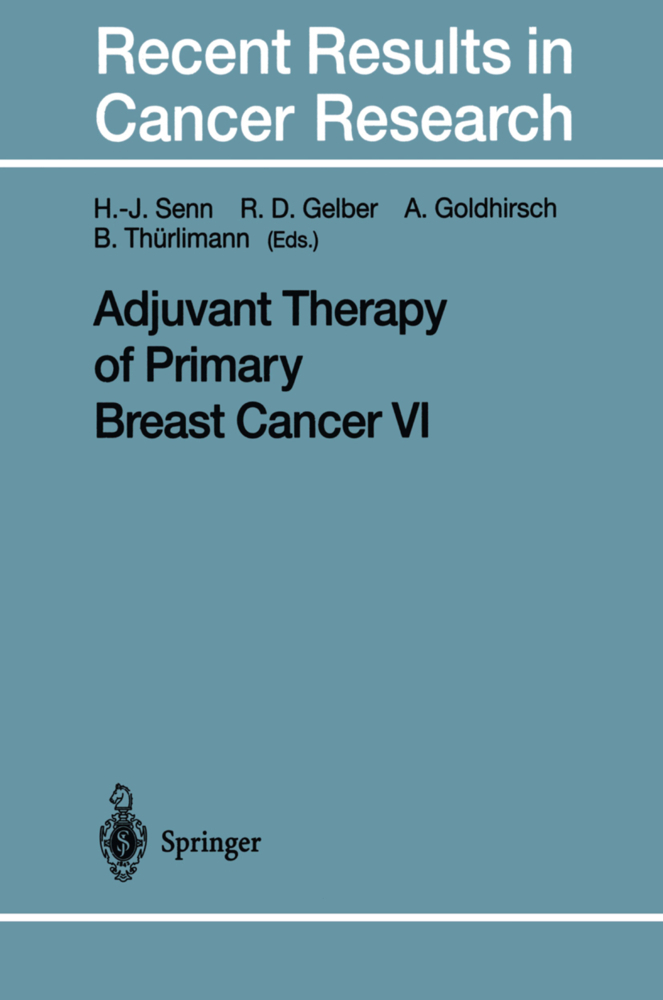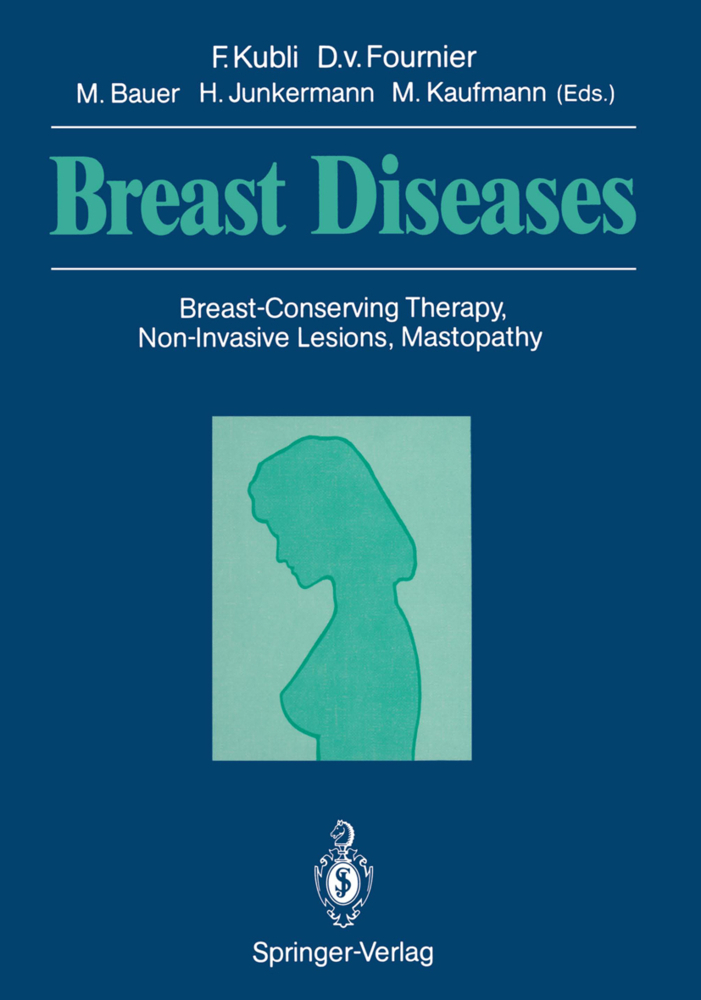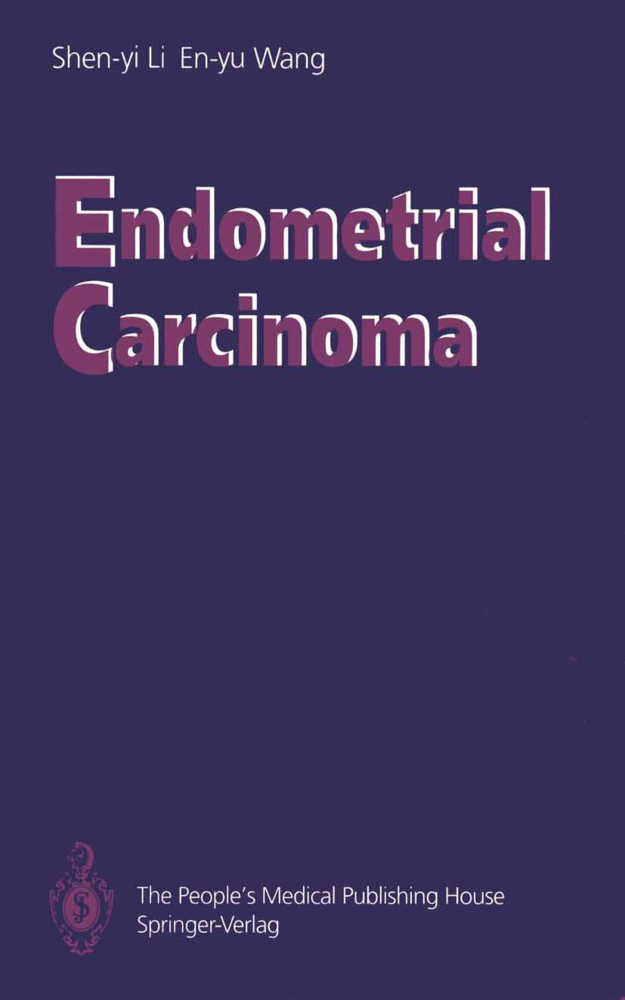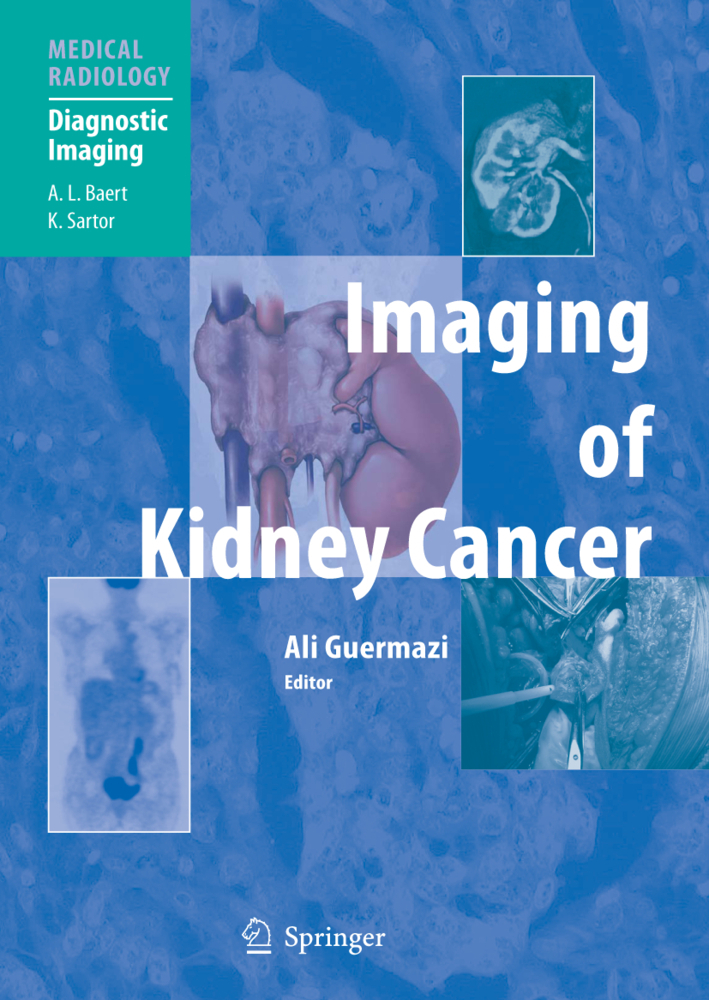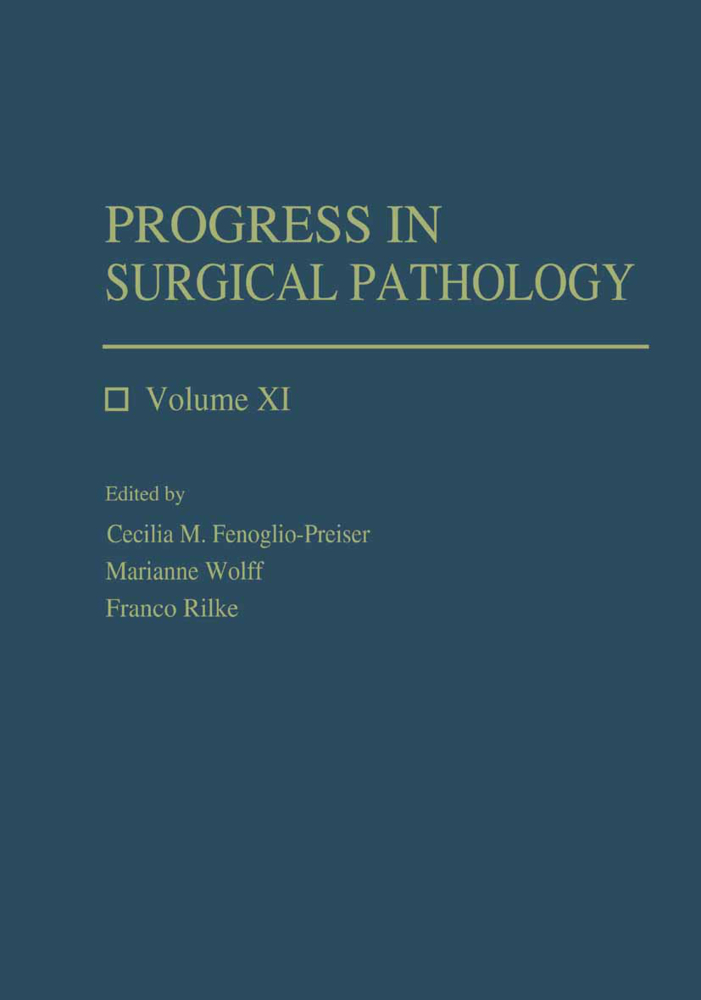Surgery of the Esophagus
Textbook and Atlas of Surgical Practice
Surgery of the Esophagus
Textbook and Atlas of Surgical Practice
While a surgeon many decades agotreated diseases from headtotoe, this concept has evolved, and today some degree of specialization is the rule worldwide. In many countries various boards for sub-specializations are designed, and after a broad training in general surgery, many young surgeons move on further into a specific field. Knowledge of anatomy and precise surgical technique remain the foundation of high quality surgery. A knowledgeable surgeon, equipped with excellent theore- cal and clinical skills, will only be accomplished when he or she masters the - erative techniques of the practice of surgery. The legacy of an academic surgeon or a surgical teacher relies in great part onthe transmission of his or her surgical abilities. Significant influence on the development in esophageal surgery arises from the surgical understanding of the anatomical and functional structures of the esophagus as well as the ongoing developments in the multidisciplinary m- agement in this challenging field of surgery. In bringing forth this atlas, we were motivated by the desire to create a comp- hensive and educational atlas on esophageal diseases, emphasizing all details of pathophysiologies, diagnostic strategies, pre- and postoperative management, and operative techniques covering minimally invasive and open procedures ranging fromstraightforward tomore complex procedures.
The Esophagus
Endoscopic Examination of the Esophagus
Role of Endoscopic Ultrasound for Diagnosis and Staging of Esophageal Cancer
Preoperative Evaluation of the Operative Risk Profile
Perioperative and Postoperative Management
Pathophysiology of Gastroesophageal Reflux Disease and Indication for Surgical Therapy
Gastroesophageal Reflux and its Surgical Management
Pathologic Classification of the Esophageal Carcinoma
Lymphatic Dissemination and Principles of Lymph Node Dissection
Rationale for Type of Resection in Cancer of the Esophagus and Gastroesophageal Junction
Results of Extended en bloc Esophagectomy in Treatment of Patients with Esophageal Cancer
Surgical Techniques
Blunt Transhiatal Subtotal Esophagectomy with Gastroplasty and Cervical Anastomosis
Partial Abdominothoracic Resection of the Esophagus with Gastroplasty and Intrathoracic Anastomosis
Abdominothoracic Subtotal en bloc Esophagectomy and Reconstruction with Gastric Tube Transposition
Fundus Rotation Gastroplasty
Proximal Gastrectomy with Distal Esophagectomy (Proximal Resection)
Transhiatal Esophagogastrectomy
Colon Interposition after Total and Subtotal Esophagectomy
Intrathoracic Esophagoplasty by Colon Interposition
Reconstruction of Gastrointestinal Continuity by Jejunal Interposition following Total and Subtotal Esophagectomy
Limited en bloc Resection of the Gastroesophageal Junction with Isoperistaltic Jejunal Interposition
Conventional Cardiomyotomy in Achalasia
Surgical Technique in Gastroesophageal Reflux Disease - Conventional Approach
Conventional Resection of Esophageal Diverticula
Local Excision of Benign Esophageal Tumors
Surgical Treatment of EsophagealFistula and Perforation
Techniques of Local Esophagoplasty
Minimal Invasive Surgery of the Esophagus
Endoscopic Technique in the Treatment of Esophageal Diseases
Post-operative Complications of the Esophagus and Esophagus Bridge Graft.
Basic Principles of Esophageal Surgery
Surgical Anatomy of the EsophagusThe Esophagus
Endoscopic Examination of the Esophagus
Role of Endoscopic Ultrasound for Diagnosis and Staging of Esophageal Cancer
Preoperative Evaluation of the Operative Risk Profile
Perioperative and Postoperative Management
Pathophysiology of Gastroesophageal Reflux Disease and Indication for Surgical Therapy
Gastroesophageal Reflux and its Surgical Management
Pathologic Classification of the Esophageal Carcinoma
Lymphatic Dissemination and Principles of Lymph Node Dissection
Rationale for Type of Resection in Cancer of the Esophagus and Gastroesophageal Junction
Results of Extended en bloc Esophagectomy in Treatment of Patients with Esophageal Cancer
Surgical Techniques
Blunt Transhiatal Subtotal Esophagectomy with Gastroplasty and Cervical Anastomosis
Partial Abdominothoracic Resection of the Esophagus with Gastroplasty and Intrathoracic Anastomosis
Abdominothoracic Subtotal en bloc Esophagectomy and Reconstruction with Gastric Tube Transposition
Fundus Rotation Gastroplasty
Proximal Gastrectomy with Distal Esophagectomy (Proximal Resection)
Transhiatal Esophagogastrectomy
Colon Interposition after Total and Subtotal Esophagectomy
Intrathoracic Esophagoplasty by Colon Interposition
Reconstruction of Gastrointestinal Continuity by Jejunal Interposition following Total and Subtotal Esophagectomy
Limited en bloc Resection of the Gastroesophageal Junction with Isoperistaltic Jejunal Interposition
Conventional Cardiomyotomy in Achalasia
Surgical Technique in Gastroesophageal Reflux Disease - Conventional Approach
Conventional Resection of Esophageal Diverticula
Local Excision of Benign Esophageal Tumors
Surgical Treatment of EsophagealFistula and Perforation
Techniques of Local Esophagoplasty
Minimal Invasive Surgery of the Esophagus
Endoscopic Technique in the Treatment of Esophageal Diseases
Post-operative Complications of the Esophagus and Esophagus Bridge Graft.
Izbicki, Jakob R.
Chernousov, Alexander F.
Broering, Dieter
Gallinger, Yuri I.
Yekebas, Emre F.
Bogopolski, Pavel M.
Kutup, Asad
Söhendra, Nib
| ISBN | 978-3-662-52690-3 |
|---|---|
| Artikelnummer | 9783662526903 |
| Medientyp | Buch |
| Auflage | Softcover reprint of the original 1st ed. 2009 |
| Copyrightjahr | 2016 |
| Verlag | Steinkopff |
| Umfang | XIX, 386 Seiten |
| Abbildungen | XIX, 386 p. |
| Sprache | Englisch |

